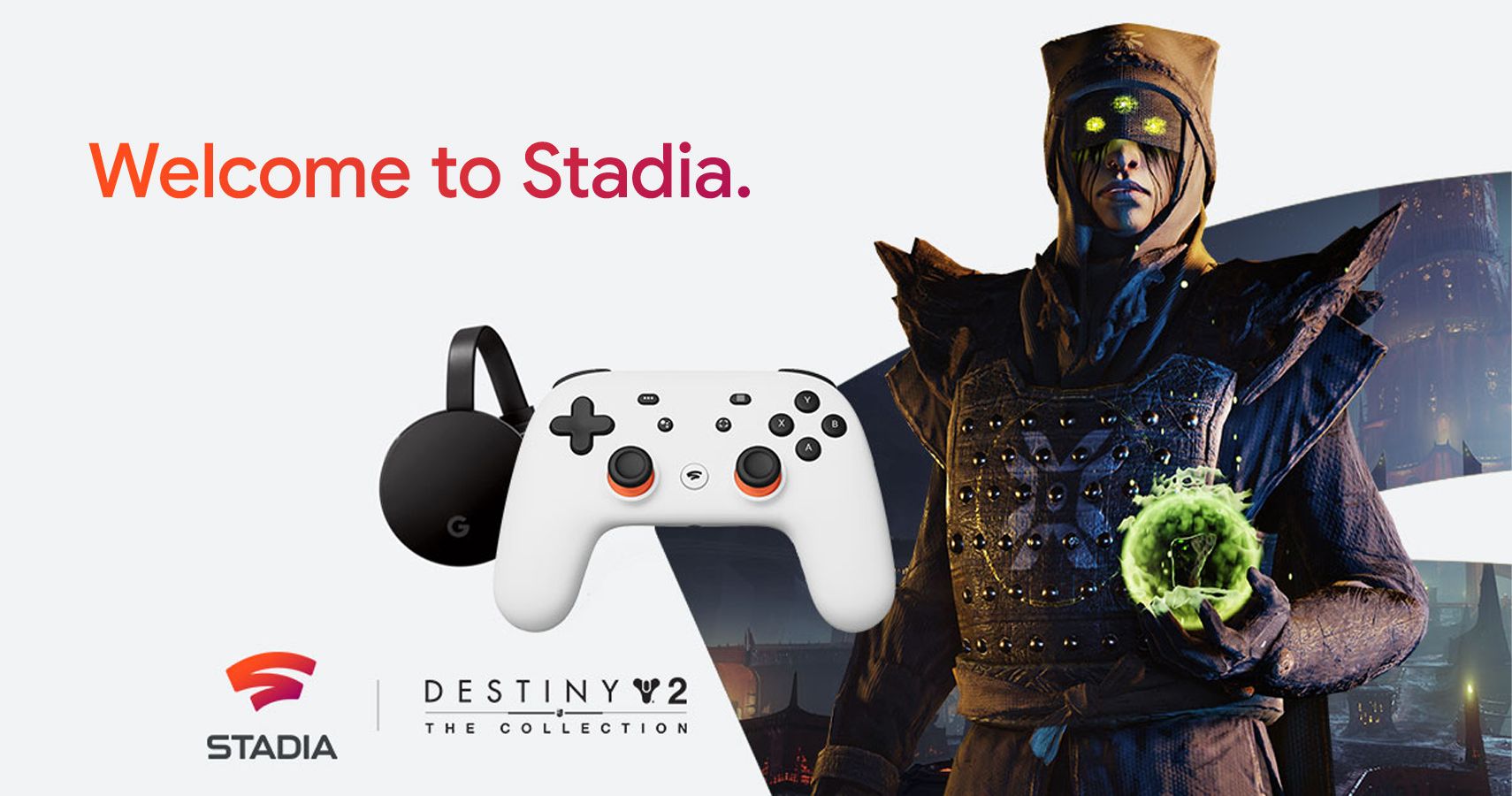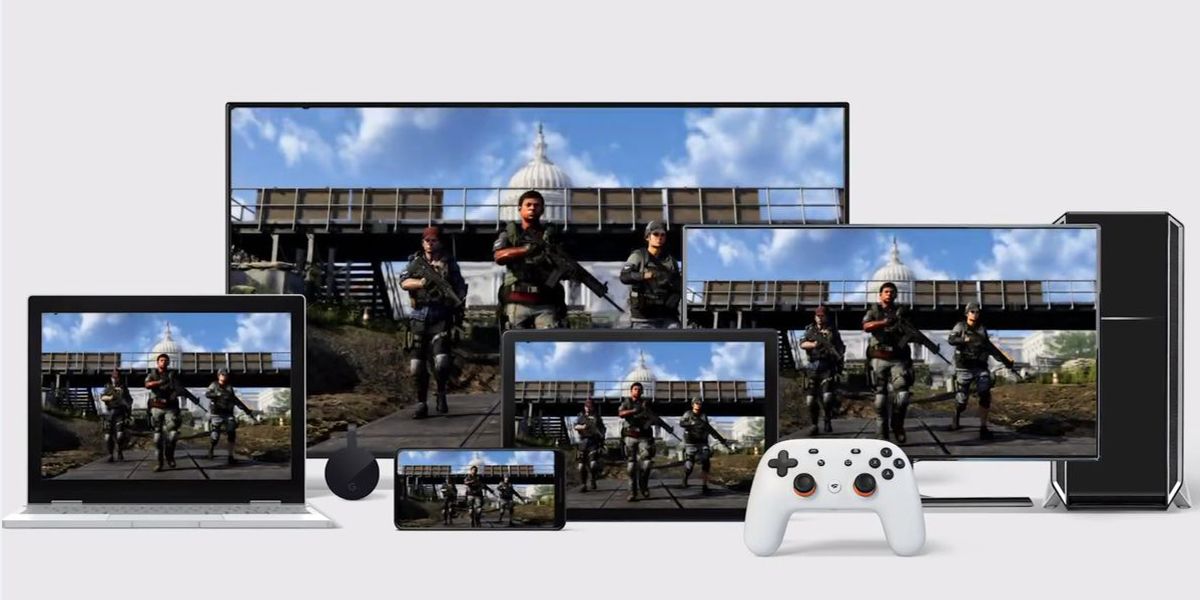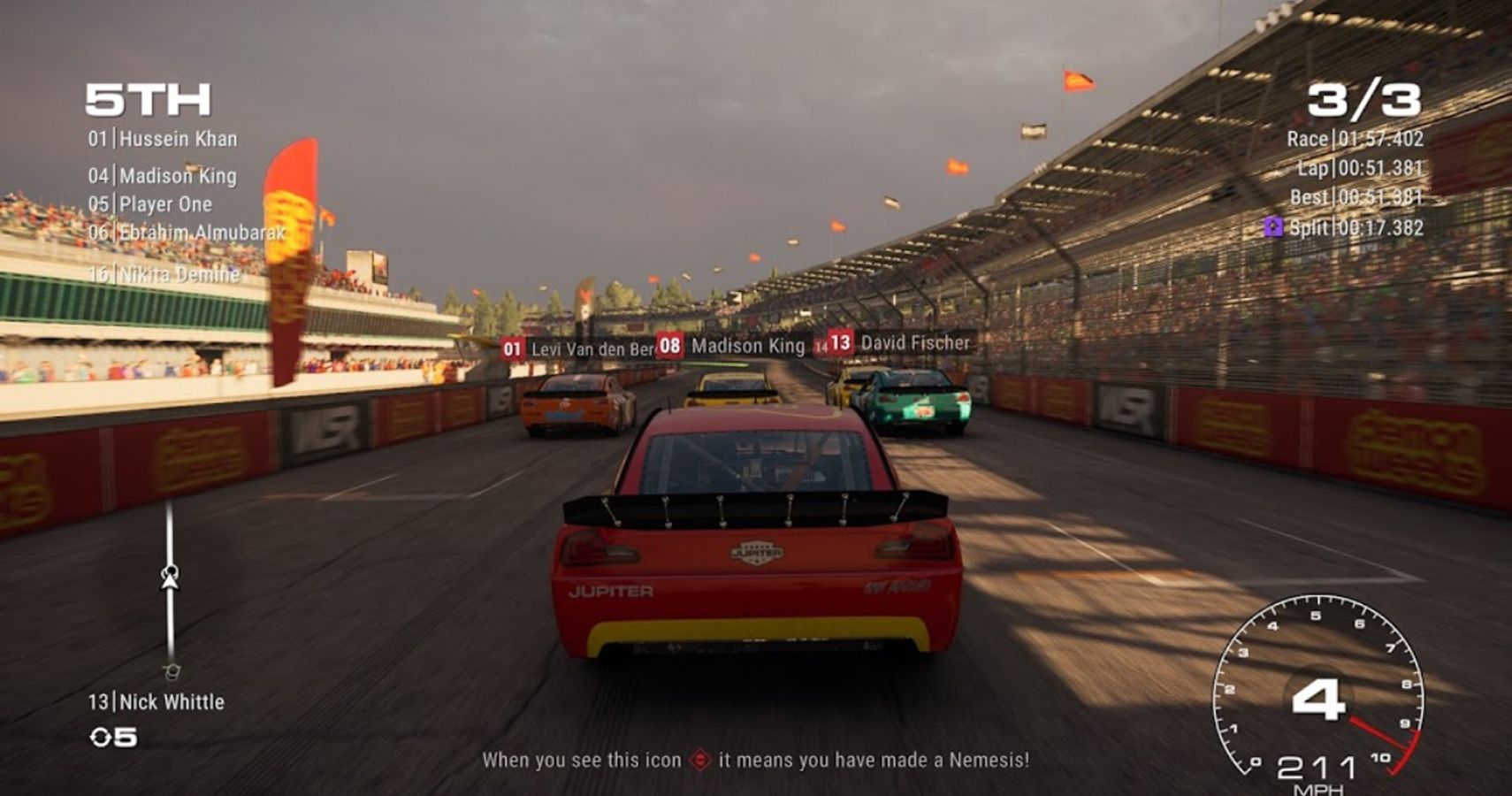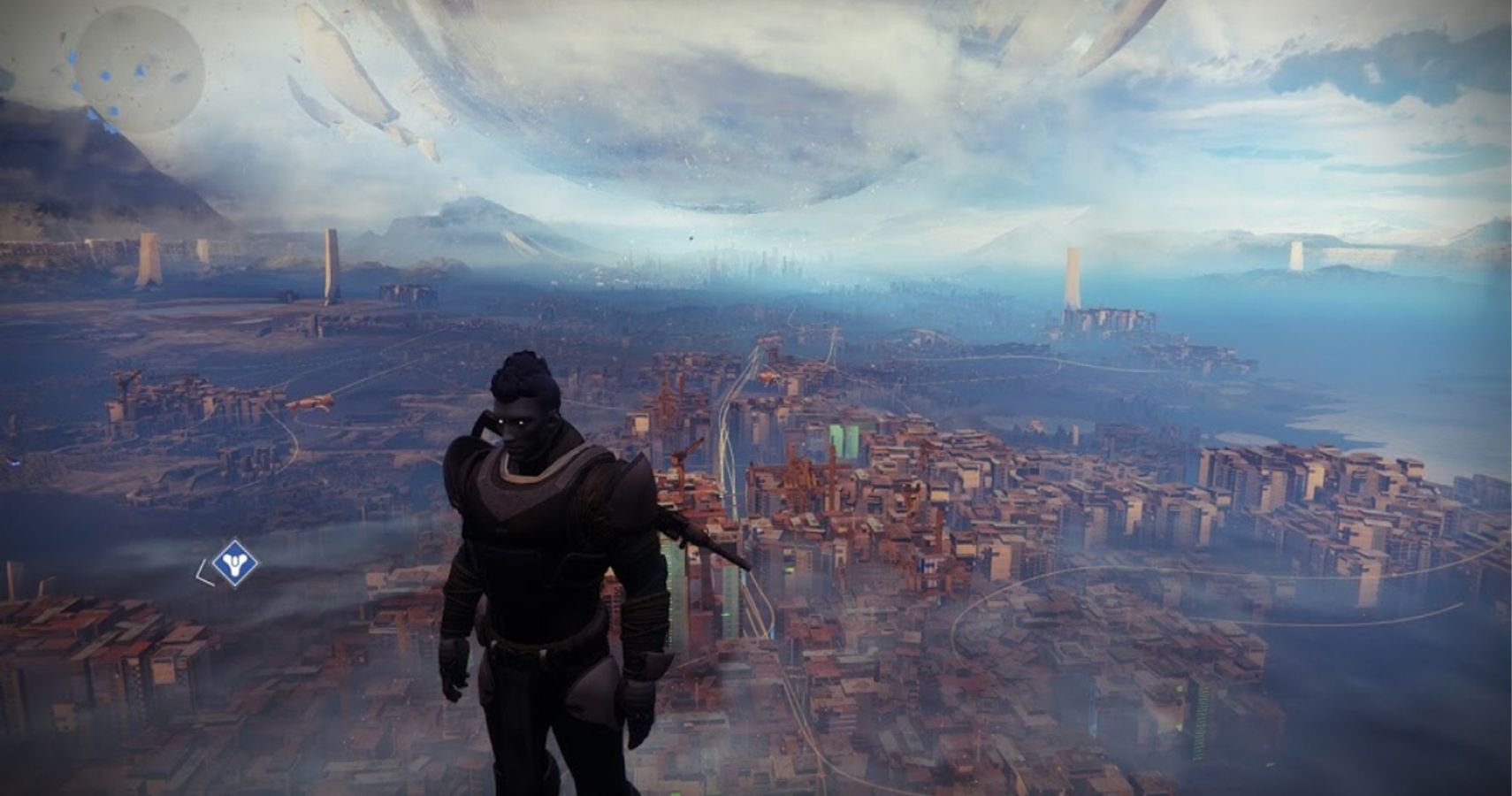It finally happened. In a move that we’ve been waiting for since roughly 2016 (although, things really started to get serious around February 2018), Google Stadia has been unleashed upon the gaming world, much to the chagrin of traditional hardware enthusiasts and people who ultimately would love nothing more than to see the Internet giant fail. Was the Stadia deserving of all the hate it received in the build-up and post-release? Yeah, probably. Based on my gameplay experience, however, the takeaway found in the silver lining is something that cannot be ignored. No doubt about it, the infrastructure of the gaming world just isn’t quite ready for Stadia. Or maybe, it’s the other way around. Either way, even with its myriad of issues at launch, Google Stadia still evokes a feeling of excitement for the potential of game streaming services.
Failure To Launch
Coming from someone who has never been invested either way in regards to cloud gaming, that last sentence says a lot. I never knew that I wanted a “Netflix for gaming,” but before we get to the reasons why Stadia has me now thinking, “Well, maybe…,” allow me to first touch on a few reasons why Stadia might not end up on your Christmas list.
As was the case with my Death Stranding review, I tried to avoid as much of the hype and negativity surrounding Google Stadia during the build-up to its release. This was admittedly far more difficult to do than Kojima’s walking simulator, especially with the backlash surrounding Stadia’s launch day.
November 19th might have been the official release date, but I, like so many other Premier Edition pre-orderers, did not have the Stadia box in my hand until it was delivered two days later. Even if it had been delivered on time, my email access code didn’t arrive in my inbox until a few hours after the delivery. Not a great first impression, Google.
Setup was easy, but it felt like had I not been someone who’s technologically inclined, it would have seemed like a lot of work, which speaks to its useability (or potential lack thereof) with a more casual audience.
Having to install two separate apps on my phone - Google Home and the Stadia app itself - also seems excessive, but overall, the entire process is surprisingly smooth. The Stadia app is easy to use, which is good considering the fact that - unless I’m totally missing something - players can’t buy games from the Stadia interface. All purchases seem to need to be made via the Stadia mobile app. This is more of a quality of life qualm than anything else. It’s just a weird way to set up a digital marketplace. That said, not having to wait for a game to download and install was incredibly awesome.
Location, Location, Location
Before diving into my actual gameplay experience, it needs to be disclosed that my Internet connection speed is that of 1 Gbps on a shared network line. Because it’s not a dedicated line and depending on the time of day, my network speeds during my Stadia gaming sessions varied anywhere between 350 to 650 Mbps. Because I know that speed is in the minority of most Internet users, and based on conversations with other Stadia owners with slower speeds, it’s clear that your connection speed is what will make or break your Stadia experience.
As a “Founder” of Stadia, I received a three-month Stadia Pro subscription with select games (launch titles included Destiny 2: The Collection and Samurai Shodown), a buddy pass to share a three-month Stadia Pro subscription, and a Founder’s Stadia name and badge.
Since I’d never played before, I decided to break in my Stadia with Samurai Shodown. Everything seemed to go pretty well. The opening cinematic appeared to play without stutter, as did the handful of exhibition matches I played against the AI. Hopping into the online mode was quite a bit more laggy. This was during a time when I had a speed of 350 Mbps, which is wild to think that such a high speed could still not be enough for the Stadia.
This was also the case with Grid, both in its initial training levels, as well as the online races. In fact, the online sessions had moments where the screen actually froze for two to five seconds at a time.
Destined For Greatness?
Destiny 2, on the other hand, was quite a bit different. With a speed averaging around 600 Mbps while playing on a non-4K TV via the Chromecast, the game never struggled with any sort of lag or stutter during my playthrough. Unfortunately, what made it so frustratingly unplayable was the Stadia controller’s reaction time. There was a very noticeable half-second delay between my actions on the controller and the action taken on the screen. Since it wasn’t playable on a TV, I decided to try out Stadia on my MacBook Pro before calling it a night. Boy, am I glad I did.
While the setup process to play on my Mac was a bit frustrating - especially getting the Stadia controller wired up to work properly with the USB-C cord - the Stadia experience was night and day. Again, my connection speed was averaging right around 600 Mbps and there was no noticeable lag. Unlike playing on the TV, however, having a wired controller was a complete game-changer. There was no button or joystick delay. I went from planning on testing out the gameplay for a few minutes, to losing track of time and playing Destiny 2 for a solid two hours straight, never once encountering any sort of hiccup with the stream. I could have kept playing for another two hours, but I decided to do the sensible thing and go to bed. It was 1 AM in the morning, after all.
Not Quite Stadia's Time... Yet
Therein lies the Stadia’s biggest problem. Unless conditions are ideal, you’re likely to have a bad (and possibly unplayable) Stadia experience. I happen to live in an area that offers connection speed up to one gig, but even that isn’t enough to make Google Stadia worth recommending. You’ll probably also be beholden to a device that will allow for a wired controller connection, as well as a network free from other devices, which basically means playing in the dead of night when everyone else is asleep.
Aside from its obvious other issue of launching with full-priced games that most players probably already own, inaccessibility is Stadia’s greatest downfall. The ability to play games “when you want, where you want” is all well and good, but not when it comes with so many caveats. That said, I’m still cautiously optimistic with regards to cloud gaming’s future, though my hopeful tone cannot save the Stadia from my rating given its current state. Google Stadia may not yet be where it needs to be, but the early glimpse of a dedicated game streaming service is still undeniably exciting.
A Google Stadia Premiere Edition was purchased by TheGamer for this review. Stadia Base will be released sometime in 2020.





